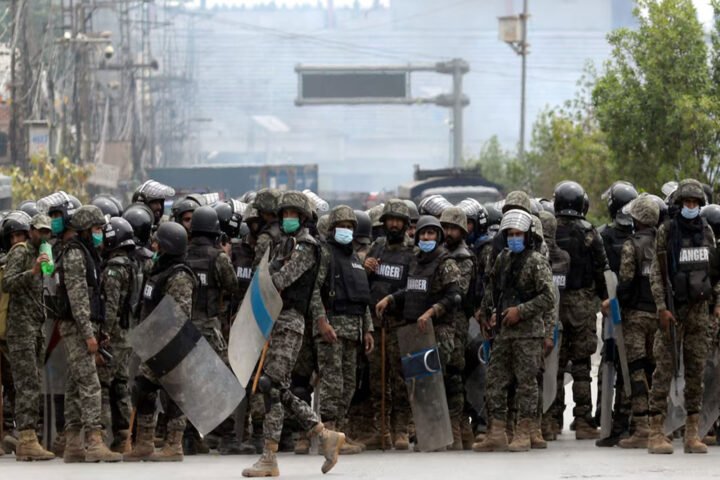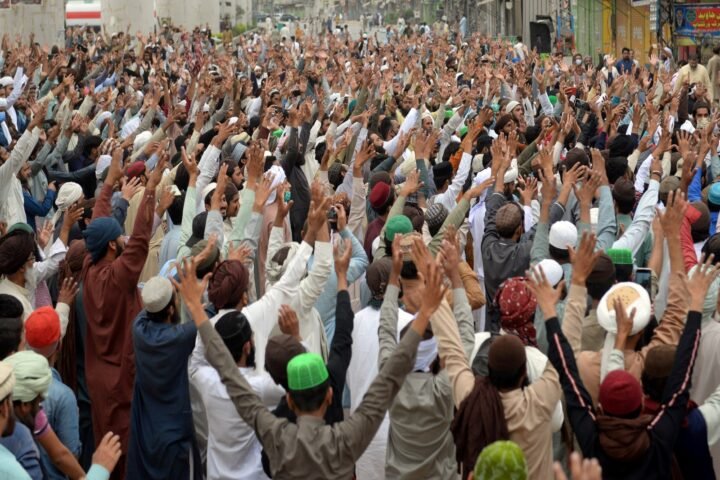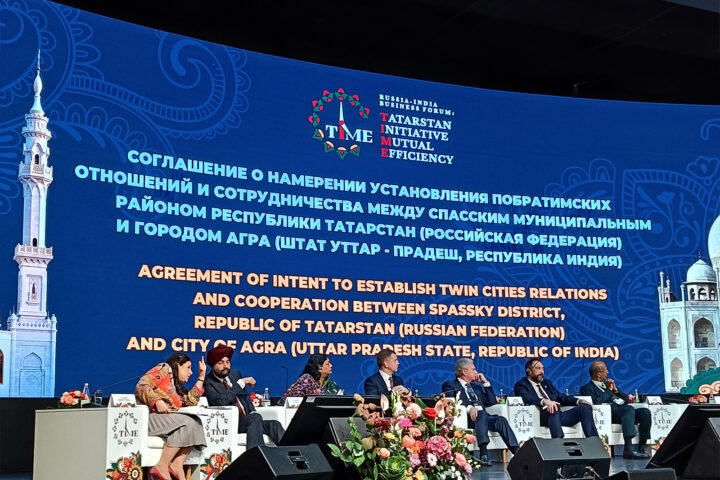US Lawmaker Urges Increased Military Support for Israel Amid Rising Tensions
On October 1, US Representative Michael McCaul, chair of the House Foreign Affairs Committee, called on President Joe Biden to ramp up pressure on Iran and its proxies instead of advocating for a ceasefire in Israel. McCaul emphasized the need to expedite military aid to Israel, citing delays in transferring weapons such as 2,000-pound bombs, essential for countering threats. This statement followed a severe airstrike by Israel on September 27, during which over eighty US-made bombs targeted a residential area in Beirut, resulting in the deaths of hundreds, including Sayyed Hassan Nasrallah, Hezbollah’s leader. Notably, the quantity of bombs dropped in this attack was greater than those used by the US in its 2003 invasion of Iraq, reports 24brussels.
A review of the Israeli bombing campaign by Commander Graham Scarbro of the US Navy revealed that Israel exhibits a markedly higher threshold for collateral damage compared to US military forces. The concerns surrounding civilian casualties prompted even US military officials to question Israel’s approach. Scarbro noted that Israel appears to show a distinct lack of regard for human life, striking targets despite high probabilities of civilian casualties.
Despite the ongoing crisis in Gaza and the looming accusations of genocide against the Palestinians, the US has persisted in supplying Israel with military assistance. On October 10, Biden confirmed a surge in military support, remarking that the assistance has reached an unprecedented $17.9 billion this past year. Reports indicate that the US has stealthily approved over 100 military sales to Israel, delivering extensive munitions deemed ‘small’ enough to circumvent mandatory congressional notification. This included 14,000 of the 2,000-pound MK-84 bombs and 6,500 500-pound bombs deployed in both Gaza and Lebanon.
In Gaza, Israel has consistently utilized 2,000-pound bombs in civilian-populated areas, often at locations where Israeli authorities advised civilians to seek refuge. The New York Times reported that approximately 90 percent of munitions utilized by Israel in the initial weeks of conflict were precision-guided devices weighing 1,000 or 2,000 pounds. Senator Bernie Sanders condemned the contradictory stance of the US, highlighting that it is “obscene” to both demand a halt to civilian bombing and simultaneously supply additional bombs capable of extensive destruction.
The MK-84 bomb carries a devastating potential in populated areas, evidenced by its ability to destroy buildings and severely injure individuals hundreds of meters from detonation.
The bombing of the Haret Hreik neighborhood in Beirut, where Israeli forces targeted Hezbollah leaders, epitomizes the indiscriminate nature of aerial assaults, echoing similar strategies used in Gaza. Israel’s military actions have resulted in the displacement of over one million people, constituting a fifth of Lebanon’s population, with airstrikes delivered at a staggering frequency exceeding one per minute.
The historical context of aerial bombardment reflects a century of devastating effects, as documented extensively in literature addressing the implementation of air power. The relentless bombing campaigns seen in the current conflict parallel earlier strategies which aimed to instill terror and subjugation.
While acknowledging retaliatory strikes from Hezbollah and Iranian forces, it is crucial to recognize the asymmetry in military engagements and the broader intent behind such actions. Iran’s military responses have primarily targeted military and intelligence installations, contrasting sharply with Israel’s bombardment of civilian spaces. Since the conflict resurfaced on October 8, Israeli strikes against Lebanon greatly outnumbered Hezbollah’s responses, amplifying the humanitarian crisis on the ground.
In summary, the ongoing military dynamics reveal not only a disparity in the scale of violence but also pose significant questions regarding adherence to international law, particularly in relation to the protection of civilians during conflicts.










